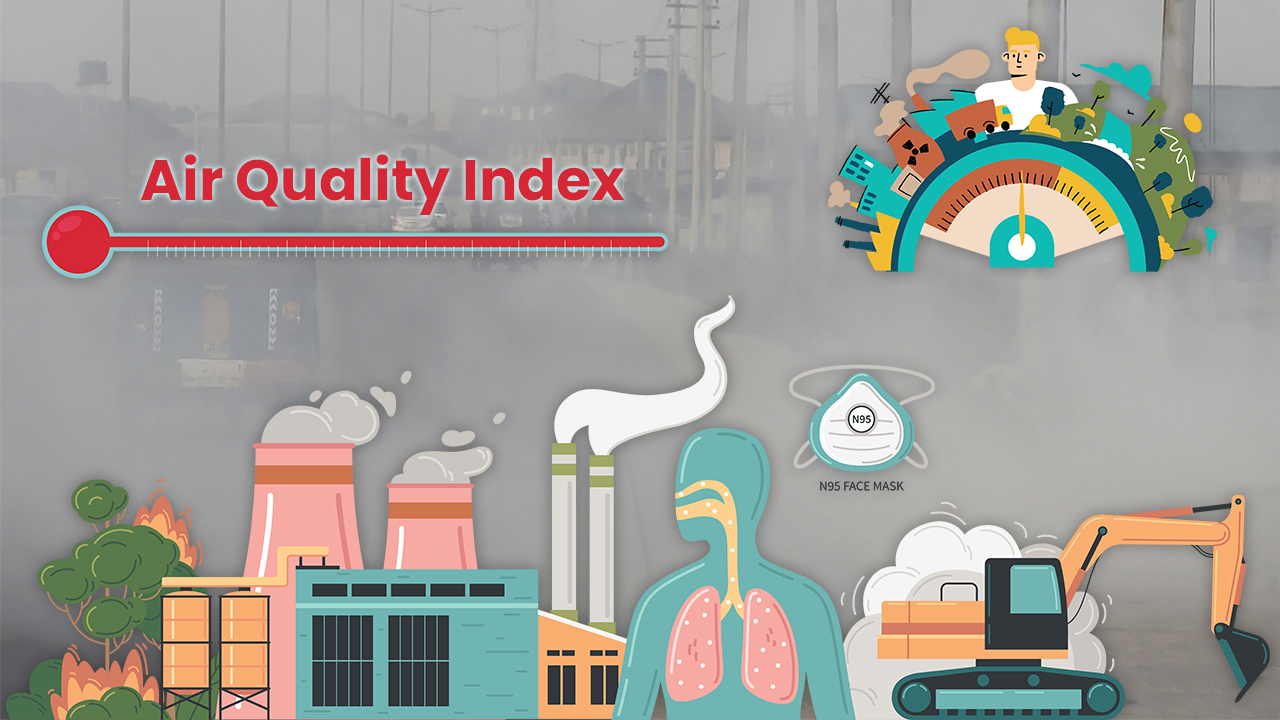Understanding AQI: Exploring Air Quality Index (AQI) and Its Impact on Health
What is AQI?
The Air Quality Index (AQI) serves as a crucial metric in evaluating the quality of the air we breathe. It gauges the concentration of pollutants present in the atmosphere, encompassing particulate matter, ozone, carbon monoxide, sulfur dioxide, and nitrogen dioxide. Understanding AQI is pivotal as it provides insight into the potential health hazards posed by varying levels of air pollution.
Ways to Improve AQI
Enhancing the Air Quality Index demands a multifaceted approach that involves both individual and collective actions:
Promoting Green Initiatives: Encouraging the use of public transportation, cycling, and walking not only reduces vehicular emissions but also promotes a healthier lifestyle.
Adopting Clean Energy Solutions: Transitioning towards renewable energy sources such as solar, wind, and hydroelectric power minimizes reliance on fossil fuels, thereby curbing air pollutants.
Enforcing Environmental Regulations: Implementing stringent regulations on industrial emissions and waste disposal aids in controlling pollutants released into the atmosphere.
Raising Awareness: Educating communities about the impact of personal choices on air quality fosters a collective responsibility towards improving AQI.
Impacts of High AQI on Human Health
Respiratory Health Risks
Elevated AQI levels are often associated with a surge in respiratory ailments. Harmful pollutants like particulate matter and nitrogen dioxide can deeply infiltrate the respiratory system, triggering or exacerbating conditions such as asthma, bronchitis, and chronic obstructive pulmonary disease (COPD). Vulnerable individuals, including children and the elderly, face amplified risks during periods of poor air quality.
Cardiovascular Complications
Studies have unveiled a strong correlation between increased exposure to air pollution and heightened risks of cardiovascular diseases. Fine particulate matter, when inhaled, infiltrates the bloodstream, leading to inflammation and contributing to the development of heart conditions like heart attacks and strokes. Prolonged exposure escalates the severity of existing cardiovascular problems.
Vulnerability to Infections
High AQI levels compromise the immune system, making individuals more susceptible to respiratory infections and illnesses. This vulnerability is particularly concerning during global health crises such as pandemics, where compromised respiratory health can intensify the impact of infectious diseases, posing a substantial public health challenge.
Neurological Effects
Emerging research indicates a potential link between air pollution and neurological disorders. Pollutants, including fine particulate matter, have been found to penetrate the brain, potentially contributing to the onset or progression of neurodegenerative conditions such as Alzheimer’s and Parkinson’s diseases. Moreover, air pollution is associated with increased stress levels and mental health issues.
Impact on Children’s Health
Children, with developing respiratory and immune systems, are exceptionally vulnerable to the effects of high AQI. Exposure during critical developmental stages can lead to long-term consequences, including impaired lung function, respiratory problems, and a heightened risk of chronic diseases in later stages of life.
Conclusion
The Air Quality Index is an indispensable tool for assessing air pollution and its implications for human health. Addressing high AQI levels requires a concerted effort involving sustainable practices, stringent regulations, clean energy adoption, and widespread awareness. Only through collaborative actions and a steadfast commitment to environmental conservation can we strive towards a future with cleaner, healthier air for all.

